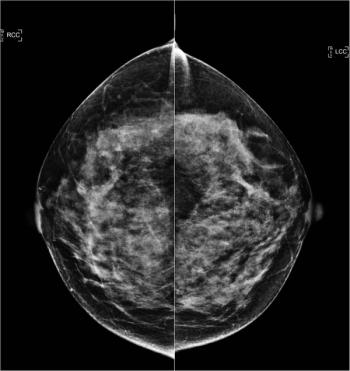
49-year-old patient presented for bilateral screening mammogram as well as bilateral screening ultrasound due to dense breast tissue.

49-year-old patient presented for bilateral screening mammogram as well as bilateral screening ultrasound due to dense breast tissue.
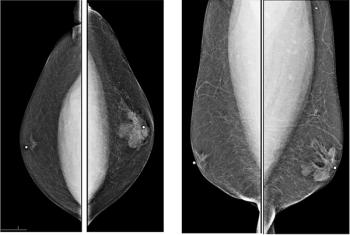
50-year-old male presents with palpable lump on the left breast.
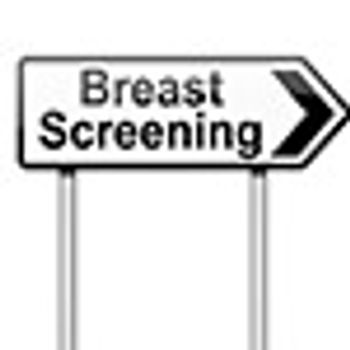
Despite increase in referrals for mammography screening for high-risk women, actual screening numbers did not increase significantly.

A look at what radiologist and patient factors play a role in false-positive mammography.
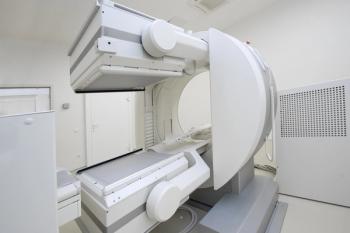
FDG PET/CT scanning before treatment for invasive ductal carcinoma of the breast can predict survival.

Mammography screening detects small cancers without affecting large breast cancer detection rate or mortality from breast cancer.

Breast imaging, specifically mammography and ultrasound, are at highest risk for medicolegal claims.

Inappropriate imaging is still performed among asymptomatic women with stage I or II breast cancer in Ontario.

Clinicians were more likely to discuss breast cancer screening issues with patients following an educational intervention.

US women experience higher false-positive mammography rates than do European women.

Breast cancer screening for women aged 50 to 74 does reduce breast cancer mortality.
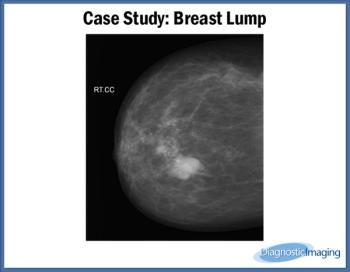
Case History: 55-year-old female with left breast, upper, central lump.
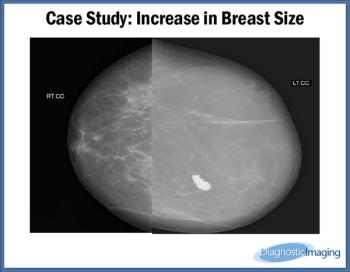
Case History: 67-year-old female with progressive increase in size of left breast for five years.

Supplemental or alternative screening for breast cancer does not need to be an automatic process for women with dense breast tissue.
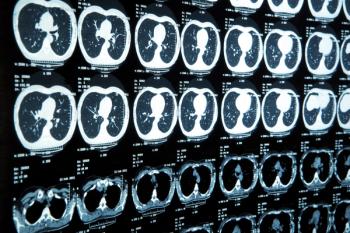
Imaging examinations interpreted by diagnostic radiology residents and fellows have increased.
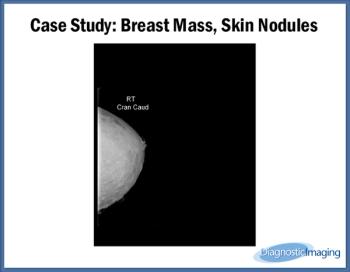
Case History: 65-year-old woman with right upper outer quadrant painless mass.

MRI may determine which women at risk for breast cancer most need supplemental screening, based on their BPE levels.

44-year-old woman presents for screening mammogram.

Coauthor of study discusses the costs of overdiagnosis and overtreatment of breast cancer.

Digital breast tomosynthesis is effective in detecting breast cancer overall, but particularly so in dense breast tissue.

The tomosynthesis option for the Siemens’ MAMMOMAT Inspiration digital mammography system received FDA approval.

A presentation at ARRS looked at whether surgeons are really following the USPSTF guidelines.

USPSTF released a draft recommendation statement on breast cancer screening; little has changed since the last statement in 2009.

Weighing the costs of breast cancer screening and the economic impact of false positives.
